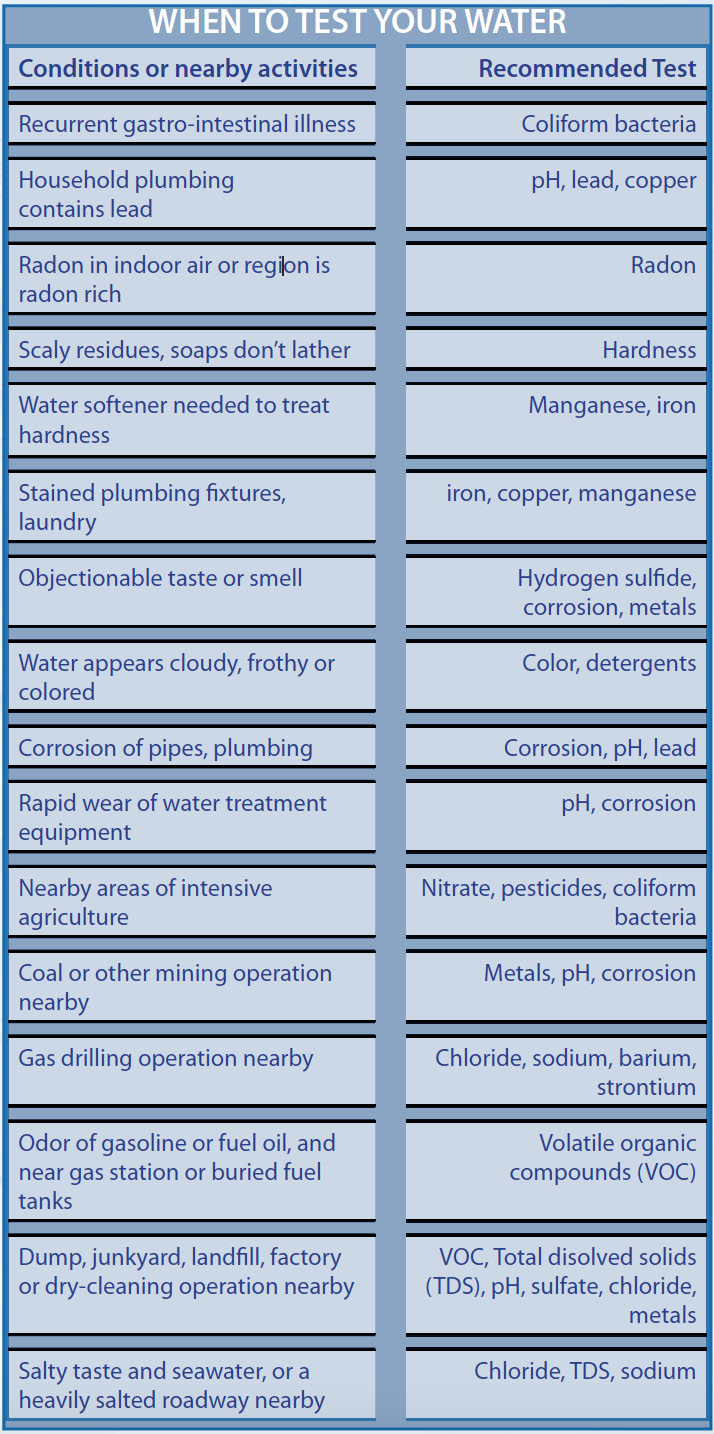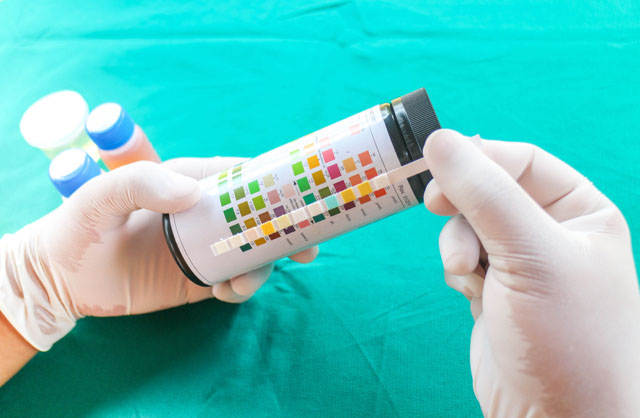Best Home Water Quality Test Kits
Home testing kits for tap water are a convenient and easy way to gain insight into the quality of the water you use for various activities such as drinking, cooking, bathing, laundry and more. These testing kits usually come in two types: those that use test strips submerged into a water sample and those that use powders that react with various contaminants if present. However, there are also testing kits that require you to mail a water sample to a laboratory for testing. These tests are usually the most comprehensive, but they are also the most expensive.
Whether or not to test your water depends on several factors. Indications of possible water quality problems include taste, color, odor, and staining of clothes or fixtures. In addition, water quality problems may also cause illnesses. Other factors to consider when deciding to test your water include the proximity of your water well to septic systems and the composition and age of your home's plumbing materials. Additionally, if you live in an area with known water quality problems, testing your water is especially important.
The United States Environmental Protection Agency (EPA) provides a guideline of when and what to test in your drinking water:

This information will help you to choose the best water filter for your needs.
We have compared and analyzed a dozen websites – from Amazon to Wirecutter – for their recommendations and ratings for home water filters and compiled the results into this guide for you.
Consumers have a choice of many different types of water quality tests. Determining which type is most appropriate for you depends on what you are concerned about. It is important to understand that no test covers every pollutant, so understanding what filters do and don’t do is important.
Your water source determines the kind of testing kit you want. A basic kit that covers common contaminants like lead and chlorine will get the job done for your municipal tap water. If you have well water, you’ll need a water quality testing kit that’s more comprehensive and includes screening for pesticides.
A word of caution from other testers: Although they think do-it-yourself (DIY) lead tests are worthwhile, they recommend against the more comprehensive (and more expensive) DIY kits. For best results, use a send-away test where you will receive a detailed report from a certified lab. Unfortunately, these tests tend to be much more expensive.
The reason for this is not that they are difficult to use but rather that they are almost impossible to read. And they don’t provide actual contaminant levels but rather a rough range estimate of their concentration.
The biggest drawback of most DIY water quality test kits is that their readings are subjective: You have to use your judgement to match the subtle range of a single color that appears on a test strip (or a series of test strips) after use against printed color charts that come with the kits. Ambient conditions like the quality of outdoor or indoor light or, even worse, color blindness, can make the task even harder.

The reading of test strips must be as accurate as possible to be effective, as even subtle color inconsistencies between the strip and the color-coded test package can lead to an inaccurate assessment of water quality.
Another problematic issue is that the tests are rushed. When you remove a test strip from the water sample you only have 20-30 seconds to compare the color result with the chart, because the color continues to change and thereby distorts an accurate reading. Complicating matters are test kits that contain multiple different tests on a single strip – then you have to color match several results within the same narrow time span.








